When traveling in Mongolia, it’s essential to take precautions to ensure your health and safety. Here’s what you need to know about health and safety on a trip to Mongolia:
- Medical Care: Medical facilities in Mongolia, especially outside of Ulaanbaatar, may not meet Western standards. It’s essential to have travel insurance that covers medical evacuation in case of serious illness or injury. Carry a basic first aid kit with you, including any prescription medications you may need.
- Vaccinations: Make sure you are up to date on routine vaccinations before traveling to Mongolia. Depending on your travel plans, you may also need vaccinations for hepatitis A, typhoid, and other diseases. Check with your doctor or a travel health clinic to ensure you have the necessary vaccinations before your trip.
- Altitude Sickness: Mongolia has a high altitude, with much of the country sitting above 1,000 meters (3,280 feet) above sea level. If you plan to travel to high-altitude areas such as the Altai Mountains or the Gobi Desert, be aware of the symptoms of altitude sickness and take steps to acclimatize gradually.
- Water: Tap water in Mongolia is not safe to drink. Stick to bottled water or use water purification tablets or a filter to purify water before drinking or using it for cooking or brushing your teeth.
- Food Safety: Be cautious when eating street food or food from local markets, as it may not be prepared and stored under hygienic conditions. Stick to well-cooked, freshly prepared food, and avoid eating raw or undercooked meat, seafood, or dairy products.
- Personal Safety: Mongolia is a safe destination for travelers, but it’s essential to take common-sense precautions to ensure your personal safety. Avoid walking alone at night, especially in urban areas, and be cautious when traveling in remote or rural areas.
- Wildlife: Mongolia is home to a variety of wildlife, including wolves, bears, and snakes. Take precautions to avoid encounters with wildlife, especially when hiking or camping in remote areas. Make noise to alert animals to your presence, carry bear spray or a whistle for self-defense, and familiarize yourself with local wildlife and their behavior.
- Weather: Mongolia experiences extreme seasonal variations in temperature, with very cold winters and warm summers. Be prepared for sudden changes in weather, especially if you plan to travel to remote or rural areas. Dress in layers and carry appropriate clothing and gear for the season.
By taking these precautions and staying aware of your surroundings, you can help ensure a safe and enjoyable trip to Mongolia.
What About Transportation and Accommodation When Traveling Mongolia?
When traveling in Mongolia, it’s essential to plan your transportation and accommodation in advance, especially if you plan to visit remote or rural areas. Here’s what you need to know about transportation and accommodation in Mongolia:
- Transportation:
- Internal Flights: Mongolia’s domestic airline, MIAT Mongolian Airlines, operates flights between Ulaanbaatar and several domestic destinations, including Dalanzadgad, Murun, and Khovd. Flights are available daily, but schedules may be limited, especially to remote destinations.
- Buses and Minibuses: Buses and minibuses are the most common form of public transportation in Mongolia. Buses operate between major cities and towns, while minibuses (known as “marshrutkas”) are available for shorter distances and rural routes.
- Taxis: Taxis are readily available in Ulaanbaatar and other major cities and towns. It’s essential to negotiate the fare before starting your journey, as taxis in Mongolia do not use meters.
- Car Rental: Renting a car is a convenient option for exploring Mongolia’s vast countryside. Several international car rental companies operate in Ulaanbaatar, but it’s essential to book in advance, especially during the peak tourist season.
- Accommodation:
- Hotels: Ulaanbaatar has a range of hotels to suit every budget, from luxury international chains to budget guesthouses. Outside of Ulaanbaatar, accommodation options are more limited but may include guesthouses, ger camps, and homestays.
- Ger Camps: Ger camps are a popular accommodation option for travelers exploring Mongolia’s countryside. These camps offer traditional Mongolian gers (yurts) or cabins, along with basic amenities such as beds, showers, and toilets.
- Homestays: Staying with a nomadic family in their home or ger is an excellent way to experience traditional Mongolian hospitality and culture. Many tour operators offer homestay experiences as part of their tours, allowing travelers to immerse themselves in the local way of life.
- Booking in Advance:
- Peak Season: Mongolia’s tourist season is short, typically running from June to August, so it’s essential to book your transportation and accommodation in advance, especially during the peak summer months.
- Remote Areas: If you plan to visit remote or rural areas, it’s essential to book your transportation and accommodation well in advance, as options may be limited, and services may fill up quickly.
- Safety Considerations:
- Road Conditions: While Mongolia’s major highways are generally in good condition, roads in rural areas may be rough and unpaved. It’s essential to drive cautiously and be prepared for challenging driving conditions, especially in remote areas.
- Altitude: Mongolia has a high altitude, with much of the country sitting above 1,000 meters (3,280 feet) above sea level. If you’re traveling to high-altitude areas, be aware of the symptoms of altitude sickness and take steps to acclimatize gradually.
By planning your transportation and accommodation in advance and being prepared for the challenges of traveling in Mongolia, you can help ensure a safe and enjoyable trip to this beautiful and unique destination.

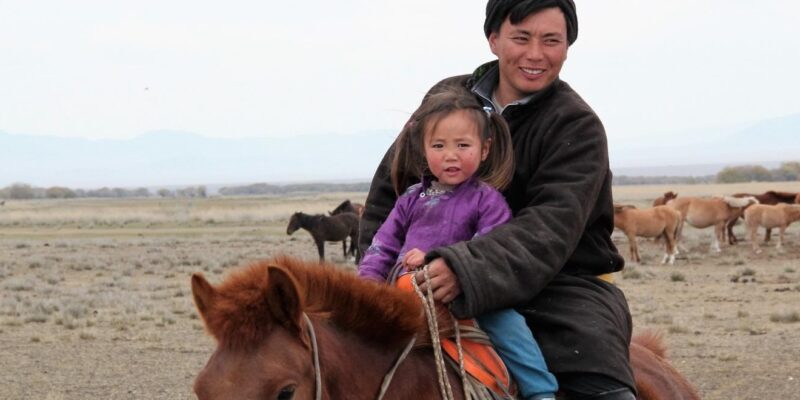
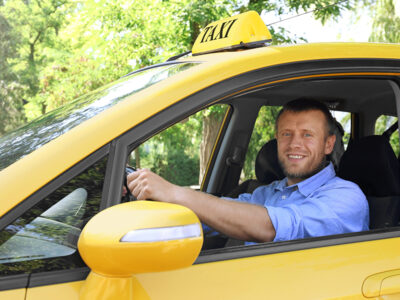
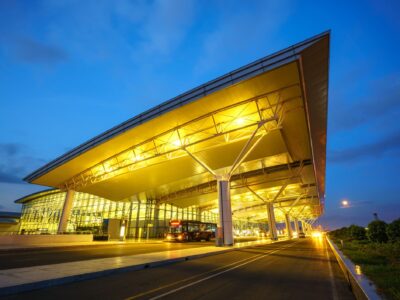

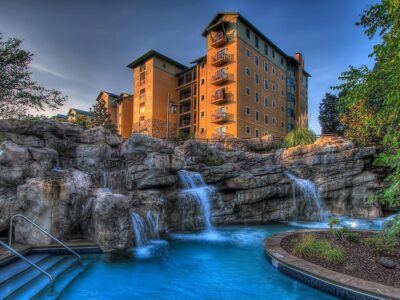
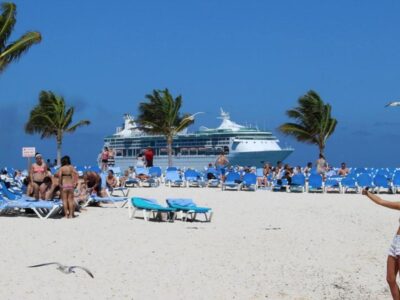
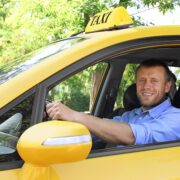
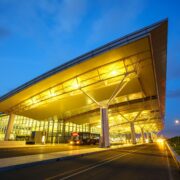


Comments